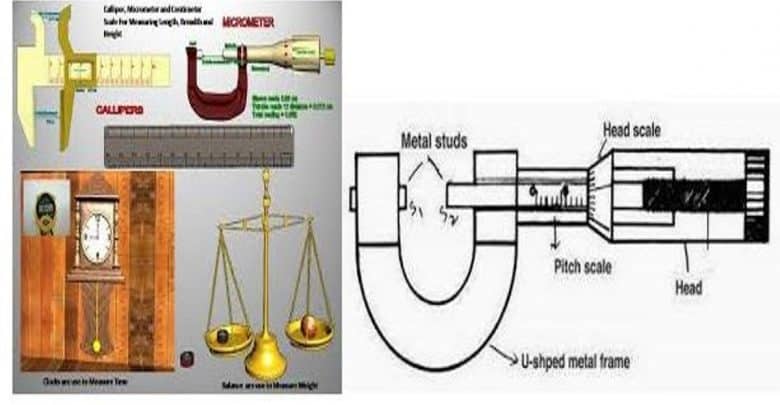27 Common Laboratory Apparatus in Schools And Uses

You might being wondering what are the laboratory apparatus needed in schools, medical laboratories, and during physics, chemistry, and biology practical classes.
For this reason, I have decided to pen down the common laboratory apparatus you must find during physics, chemistry, and biology practical classes in schools with their uses.
- Vernier Caliper
It is use measure outer dimensions of objects, inside dimensions, and depths to the nearest 0.02mm
- Pipette
It is a glass tube of fixed volume calibrated to deliver an accurate volume of a solution or a liquid. It is used in the laboratory during volumetric test.
- Burette
It is volumetric measuring glassware which is used in chemical analysis for the accurate dispensing of a liquid, especially during titration.
- Micrometer screw gauge
It is an instrument used for measuring the diameter of a thin wire or the thickness of a sheet of metal.
- Volumetric flasks
It is a popular type of laboratory apparatus used in chemistry which is used to measure a particular amount of liquid
- Test tube
A test tube is a transparent designed to hold liquid and chemicals during chemical analysis
- Barometer
It is used to measure the atmospheric pressure of a certain environment
- Hydrometer
It is an instrument used to measure the specific gravity or relative density of liquids.
- Resistance Box
It is a box which contains the resistors of different values for estimating and comparing the resistance.
- Rheostat
It is used to control the electrical resistance of a circuit without interrupting the flow of current
- Potentiometer
It is used for measuring electric potential (voltage)
- Microscope
It is used to magnify anything that is tiny for our eyes to 1000 of times its normal size and it is normally use by biologists, medical workers, and students.
- Triple beam balance
It is a laboratory equipment used to measure mass
- Petri dishes
It is a laboratory apparatus used to culture cell such as bacteria
- Bunsen burner
It is used for heating in the laboratory and can also work as a sterilizer.
- Beakers
This laboratory apparatus are wider and bigger than regular test tubes and they have a flat bottom. It can be used to measure liquid to perform an experiment in the lab.
- Magnifying glass
This apparatus is used to magnifying objects. And it can often replace microscopes.
- Thermometer
This common laboratory equipment used to measure temperature.
- Stirring rod
When carrying out an experiment especially in chemistry lab, liquids are often mixed, but you cannot stir them with your finger. A stirrer can help with mixing several liquids.
- Jockey
It is used to give precise and small values of resistance when total resistance of long wire is not much during electricity experiment.
- Slotted weights
It is used in student lab classes, to teach physics and other sciences. This allows a student to quickly create any desired amount of mass, to use in experiments involving force and mass.
- Retort stand
It is used for holding apparatus in the lab like test tube
- Stop watch
It is used to measure the amount of time.
- Digital multimeter
It is used to measure voltage, current, and resistance.
- Metre rule
It is used for measuring length
- Lenses
It is used to improve the quality of image they provide. This apparatus is often used during optics experiment in physics classes.
- Signal generator
It is used is to test the response of circuits to a known input signal and allows you to generate sine, square or triangular AC function signals.
It is use for measuring electric current
